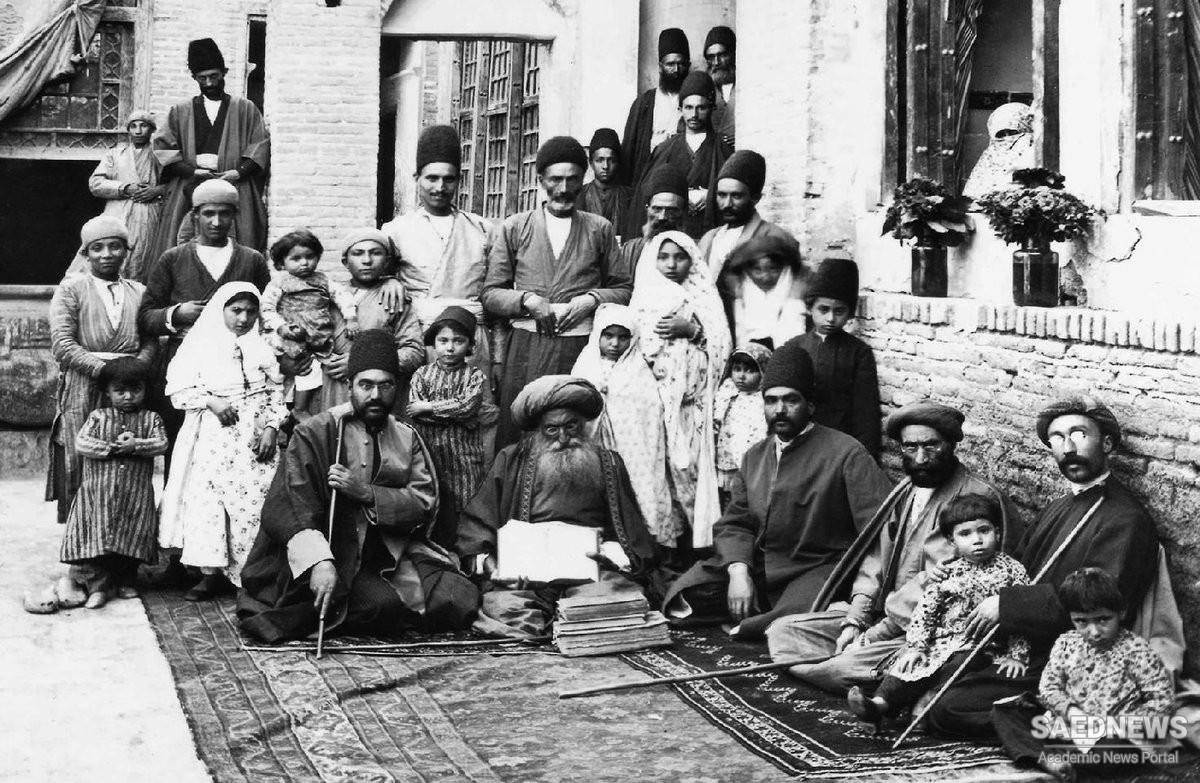Town dwellers also used local resources for many necessities, while participating in extended manufacturing and commercial networks. They relied to a substantial extent on food supplies from nearby areas, as shown by the tensions provoked by food shortages and the manipulation of prices and supplies at times of crop failure and famine.2 Everyday life for urban Iranians was organised around the needs and activities of neighbourhoods and occupational groups. Nineteenth-century Iranian gazetteers distinguished both residential quarters and the organisation of traders and craft producers.3 The links of apprentice, craft worker and workshop master in particular types of manufacture, of traders in specific products, or those working, living and shopping in particular neighbourhoods provided the framework for urban work and livelihoods. Collective responsibilities for craft regulation, grievances and payment of dues and taxes to guilds, religious leaders and government officials, shaped communal identities in occupational groups and urban neighbourhoods. Guilds, and other networks, gave social forms to shared material interests. Communal and collective identities were also created in kin groups and households in village settlements, nomad encampments or urban areas. Cultivation, pastoral production and craft manufacture, like food preparation, or household, child- and healthcare work, used family and household labour divided along gender and age lines. For men trading the dairy or textile products of female household members, or parents passing on craft skills, rights to land and flocks, or access to religious and administrative office to their children, household and kin connections were vital resources. Advancement through patronage used kinship loyalties, just as marriage decisions were influenced by interests in advantageous alliances, or household production and reproduction. Women’s childbearing capacity, skills and dowries, like children’s aptitudes, were assets to be used and exchanged by partners and parents. The relative self-sufficiency and autonomy of Iranian communities were partly sustained by household and familial self-reliance and co-operation (Source: Religion, Culture and Politics in Iran).


 Iranian Society in Early Nineteenth Century: Self-sufficiency and Collective Work
Iranian Society in Early Nineteenth Century: Self-sufficiency and Collective Work














































